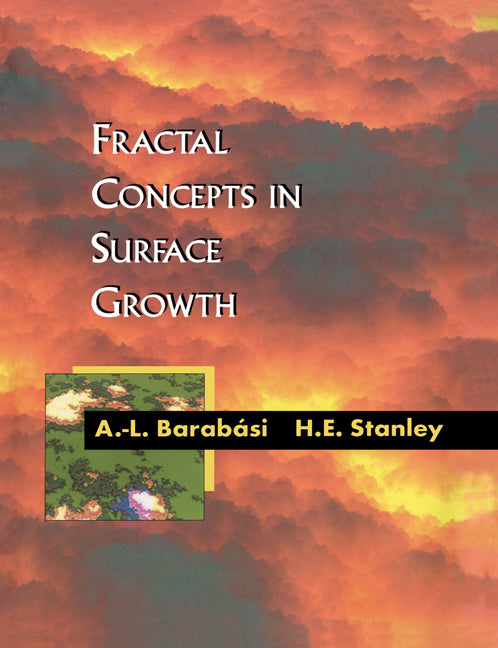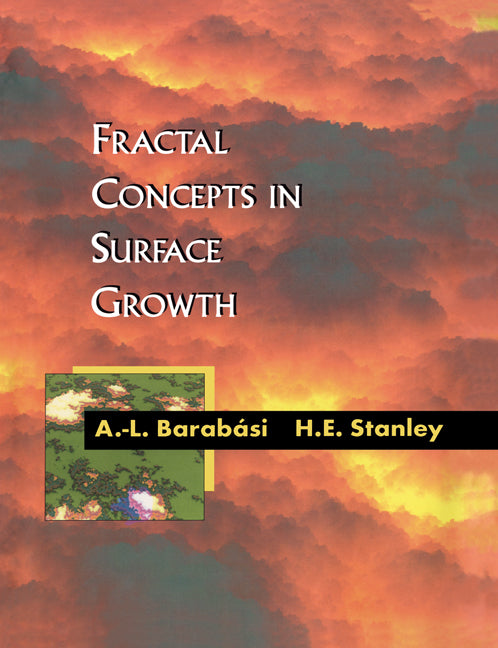Freshly Printed - allow 6 days lead
Couldn't load pickup availability
Fractal Concepts in Surface Growth
A.- L. Barabási (Author), H. E. Stanley (Author)
9780521483186, Cambridge University Press
Paperback, published 13 April 1995
388 pages
25.1 x 18.2 x 2.2 cm, 0.68 kg
"...the presentation is made with care and rigor.... The book...can be used for advanced undergraduate or graduate courses. It will be of great practical use for students in the areas of physics and surface growth, and more generally, for students in chemistry, biology, applied mathematics and engineering or materials science." Vitor R. Vieira, Mathematical Reviews
This book brings together two of the most exciting and widely studied subjects in modern physics: namely fractals and surfaces. To the community interested in the study of surfaces and interfaces, it brings the concept of fractals. To the community interested in the exciting field of fractals and their application, it demonstrates how these concepts may be used in the study of surfaces. The authors cover, in simple terms, the various methods and theories developed over the past ten years to study surface growth. They describe how one can use fractal concepts successfully to describe and predict the morphology resulting from various growth processes. Consequently, this book will appeal to physicists working in condensed matter physics and statistical mechanics, with an interest in fractals and their application. The first chapter of this important new text is available on the Cambridge Worldwide Web server: http://www.cup.cam.ac.uk/onlinepubs/Textbooks/textbookstop.html
Preface
Notation guide
Part I. Introduction: 1. Interfaces in nature
2. Scaling concepts
3. Fractal concepts
Part II. Nonequilibrium Roughening: 4. Random deposition
5. Linear theory
6. Kardar-Parisi-Zhang equation
7. Renormalization group approach
8. Discrete growth models
Part III. Interfaces in Random Media: 9. Basic phenomena
10. Quenched noise
11. Experiments
Part IV. Molecular Beam Epitaxy: 12. Basic phenomena of MBE
13. Linear theory of MBE
14. Nonlinear theory for MBE
15. Discrete models for MBE
16. MBE experiments
17. Submonolayer deposition
18. The roughening transition
19. Nonlocal growth models
20. Diffusion bias
Part V. Noise: 21. Diffusive versus deposition noise
22. Correlated noise
23. Rare events
Part VI. Advanced Topics: 24. Multi-affine surfaces
25. Variants of the KPZ equation
26. Equilibrium fluctuations and directed polymers
Part VII. Finale: 27. Summary of the continuum growth equations
28. Outlook
Appendices
Bibliography
Index.
Subject Areas: Fractal geometry [PBMX]


